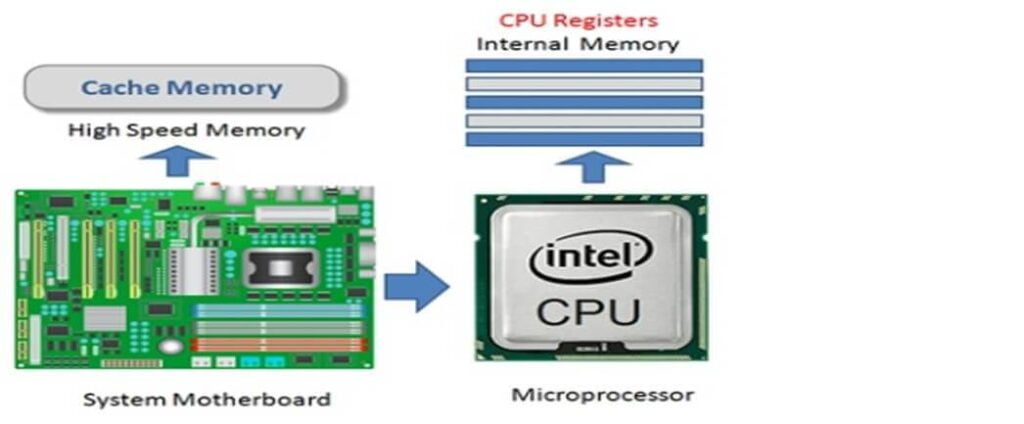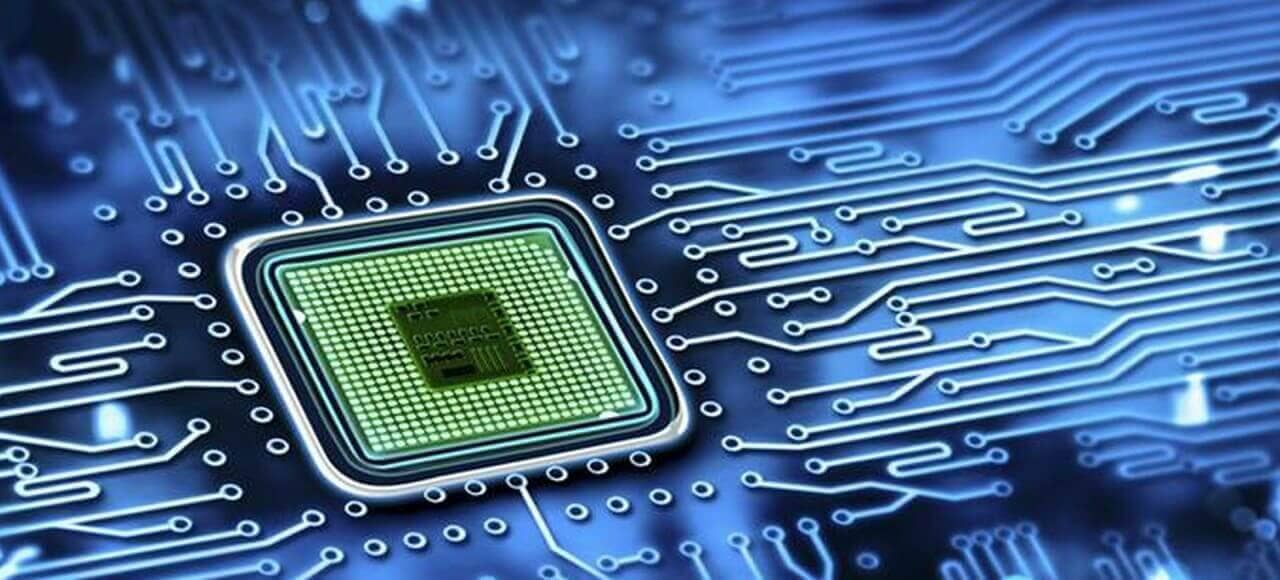Central Processing Units (CPUs) typically have several types of registers and we will discuss almost 10 types of CPU registers here.
Each registers serving a specific purpose in the execution of instructions and data processing. Here are the main types of CPU registers.
Types of CPU Registers
The main 10 types of CPU registers are given here. You may also read what is CPU registers? 15 main functions of CPU registers from here.

1. Program Counter (PC)
The Program Counter is a special-purpose register that keeps track of the memory address of the next instruction to be fetched and executed.
It is crucial for the CPU’s ability to execute instructions sequentially from memory.
2. Instruction Register (IR)
The Instruction Register temporarily holds the current instruction that the CPU is executing or decoding. It stores the opcode and operands of the instruction being processed.
Read more about volatile and non volatile memory.
3. Memory Address Register (MAR)
The Memory Address Register holds the memory address of the data or instruction that the CPU wants to read from or write to in the main memory.
It is used during memory operations to specify the location of data.
4. Memory Buffer Register (MBR)
The Memory Buffer Register temporarily stores data that is being read from or written to memory. It holds the data that is transferred between the CPU and memory.
See also types of computer memory hierarchy.
5. Accumulator (ACC)
The Accumulator is a general-purpose register used for arithmetic and logic operations. In some CPU architectures, it is the primary register for performing calculations.
6. General-Purpose Registers (GPRs)
These are registers that the CPU can use for various purposes, such as storing data, performing calculations, or holding intermediate values during program execution.
The number of GPRs and their architecture depend on the CPU’s design.
7. Flags Register (Status Register)
The Flags Register contains individual bits that represent various condition codes or status flags resulting from arithmetic and logical operations.
Common flags include zero flag, carry flag, overflow flag, and sign flag. These flags are used for making conditional branching decisions.
8. Stack Pointer (SP) and Base Pointer (BP)
The Stack Pointer (SP) points to the top of the stack in memory, used for managing the call stack during function calls and returns.
The Base Pointer (BP) is often used as a reference point for accessing function parameters and local variables on the stack.
You may also like what is cache memory? 3 main types of cache memory.
9. Index Registers (IX, IY)
Index registers are used for various memory addressing operations, particularly in systems that support complex addressing modes.
They can be added to or subtracted from memory addresses to access data structures efficiently.
10. Vector Registers (SIMD Registers)
In CPUs that support Single Instruction, Multiple Data (SIMD) instructions, vector registers hold data elements that are processed in parallel.
They are crucial for tasks like multimedia processing and scientific computing.
Final words
The exact number and types of registers can vary significantly between different CPU architectures and designs.
Modern CPUs often include additional specialized registers for tasks like floating-point arithmetic (FPU registers) and vector processing (e.g., AVX registers in x86 architecture).

These registers collectively play a critical role in the execution of machine instructions and the efficient processing of data.
However I think you are now clear about the types of CPU registers. If you still have some doubt or any opinion about the topics then feel free to share bellow.
Recommended articles:
What is Cache Memory? 3 Main Types of Cache Memory
Volatile and Non Volatile Memory | Best 6 Differences
What is CPU Registers? 15 Main Functions of CPU Registers
What is CPU? What are the major parts of CPU
Types of computer memory | Primary storage devices & secondary storage devices
How to speed up your computer in 20 easiest way
Main 4 Functions Of A Computer





Good day! I simply wish to offer you a big thumbs up for the great information you have got here on this post. I’ll be returning to your site for more soon.